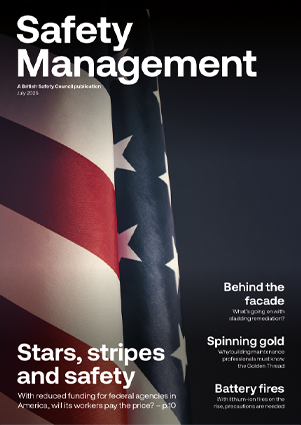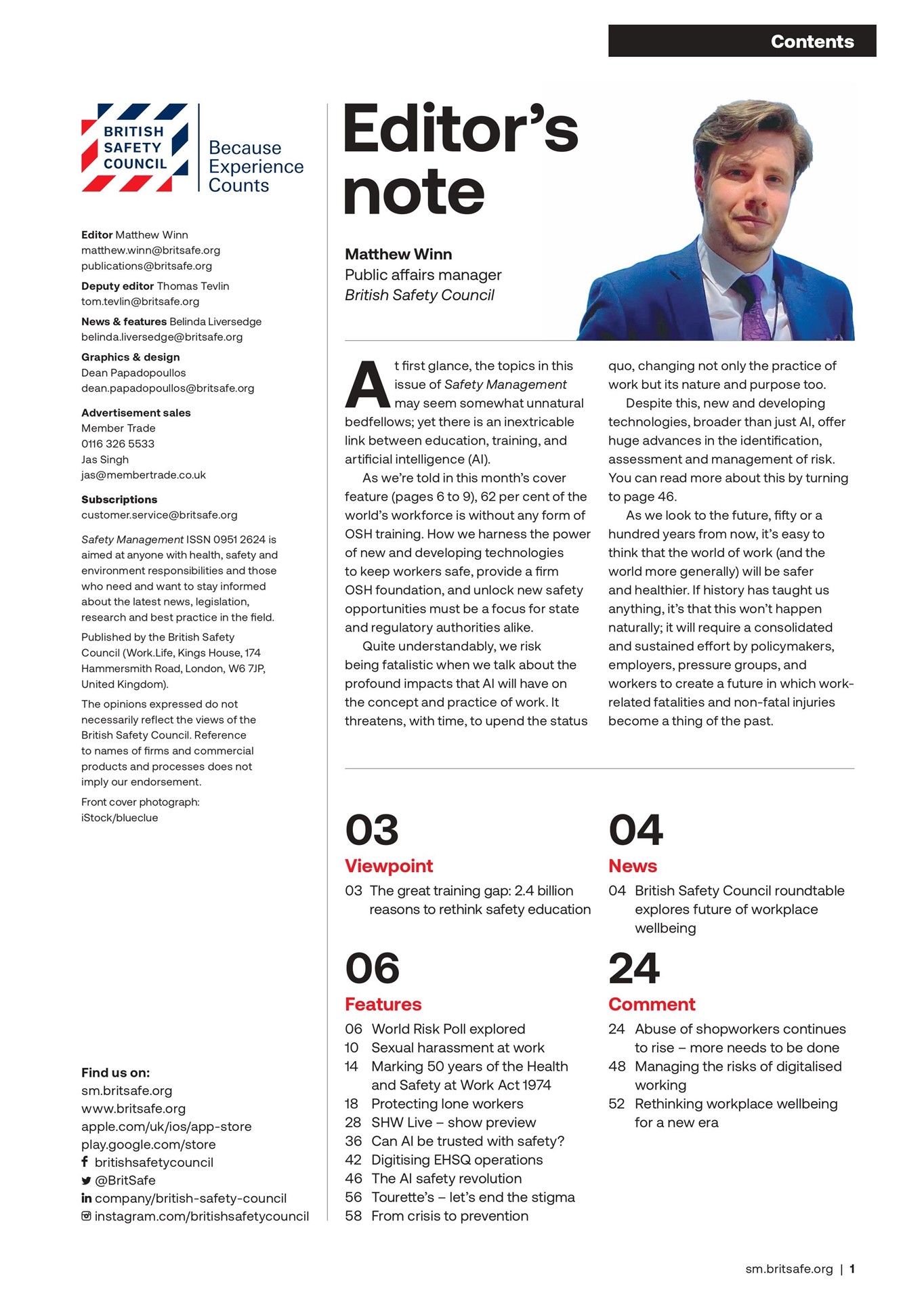Book review by Gavin Bradley, founder of Active Working CIC
Features
A Guide to Active Working in the Modern Office
A book devoted to the evolution and science of sedentary behaviour in offices may not be a contender for best-seller. Or so you might have thought.
But with Covid-19 lockdown leading to a tsunami of office workers now working remotely, things have changed. Big time! With 90 per cent of remote workers poorly set up with incorrect equipment at home, we face a ticking timebomb of costly healthcare and sick leave resulting from office workers sitting for prolonged periods. Remember, many office workers have lost as much as 5,000 steps a day of incidental physical activity in commuting to, from and around the office.

So why should a “Guide to Active Working in the Modern Office” be essential? Well for those now planning for this ‘new norm’, companies will invest more in wellness, mental health and physical activity in order to safeguard productivity.
With over 35-years’ experience in ergonomics and human factors Dr. Robert Bridger is in a unique position to share rich understanding of the history of offices and how they have evolved.
He has ploughed through scientific and experimental research, albeit emerging, on the sides of both standing and sitting and the interrelationship between the two. He sadly fails to mention that the DSE guidance last updated in the 1980s is no longer fit for purpose but he does highlight experimental evidence to suggest that an active workplace, especially standing desks, are efficacious. Dr. Bridger keenly points out that we need more evidence to know how effective they could really be. After each chapter he concisely enlightens us with his science based ‘takeaways’ and action-based ‘quick wins’.
So, for those short of time, this book will provide a quick but essential reference guide. Valuable tips I have gleaned were as follows:
- While it is misleading to refer to ‘sitting as the new smoking’, as the health risks are very different, there is plenty of evidence telling us that the longer we sit, the greater the risk of multiple cause death e.g. heart disease, diabetes, and certain cancers, not to mention chronic musculoskeletal conditions.
- While we may burn moderately more calories standing compared to sitting, we are more likely to move from a standing position to walking, fidgeting, or even stretching. This makes standing a powerful movement catalyst.
- We should not stand still for prolonged periods. Our next position is our best position. We also need to be comfortable and wear appropriate footwear.
- When you are sitting, know how to sit correctly. Adjust the seat height so your feet are resting firmly on the floor (or footrest). The screen should be approximately 70cm from your eyes and you should be looking straight out at the top third of the screen.
- Interrupt your sitting every 20 minutes and your standing too, by moving away from time to time. Make mini changes of posture and take frequent microbreaks. Stand for phone calls, routine emails and sit for intense typing or reading.
- Take time to develop new habits. Go for a walk at lunchtime, use the stairs at every opportunity, go to the furthest bathroom. Do intermittent stretches at regular intervals.
Office aficionados, human resource experts, facilities and workplace consultants – this guidebook provides valuable evidence-based tips for you to improve employee wellness. You will find it essential when preparing senior management to make important decisions about the future of your office and your remote based workers. Get moving!
Gavin Bradley is Founder of Active Working CIC
A Guide to Active Working in the Modern Office by Dr Robert Bridger is available here
FEATURES
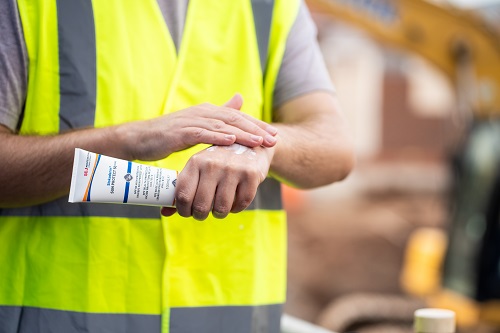
Facing the facts: protecting your outdoor workforce from UV exposure and skin cancer
By SC Johnson Professional on 11 July 2025
With outdoor workers at significant risk of skin damage, ageing and cancer due to exposure to the sun’s UV rays, it’s essential that employers in sectors like construction and agriculture create a working environment where sun safety precautions become the norm, rather than the exception.
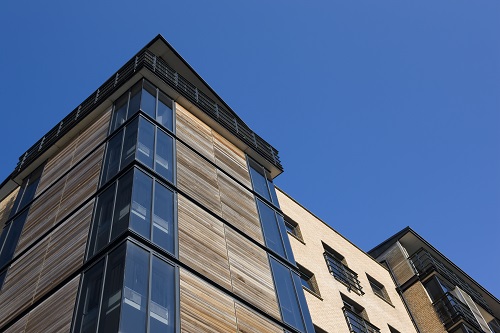
2025 UK fire safety regulation updates: a quick guide
By Chloe Miller on 11 July 2025
The regulatory landscape covering fire safety arrangements and structural features in domestic and commercial buildings has undergone a number of significant changes in recent years, making it essential for responsible persons to review their approach to keeping residents, workers and the nearby public safe from the risk of fire.
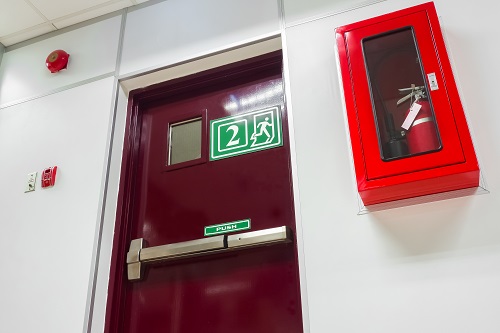
Tackling new fire risks as Fire Door Safety Week celebrates 12th year
By Helen Hewitt, British Woodworking Federation on 11 July 2025
The British Woodworking Federation’s annual Fire Door Safety Week this September will encourage duty holders such as those in charge of residential buildings to consider the dangers from lithium-ion batteries and ensure fire doors remain fit for purpose in reducing the risk should a battery-related fire break out.

